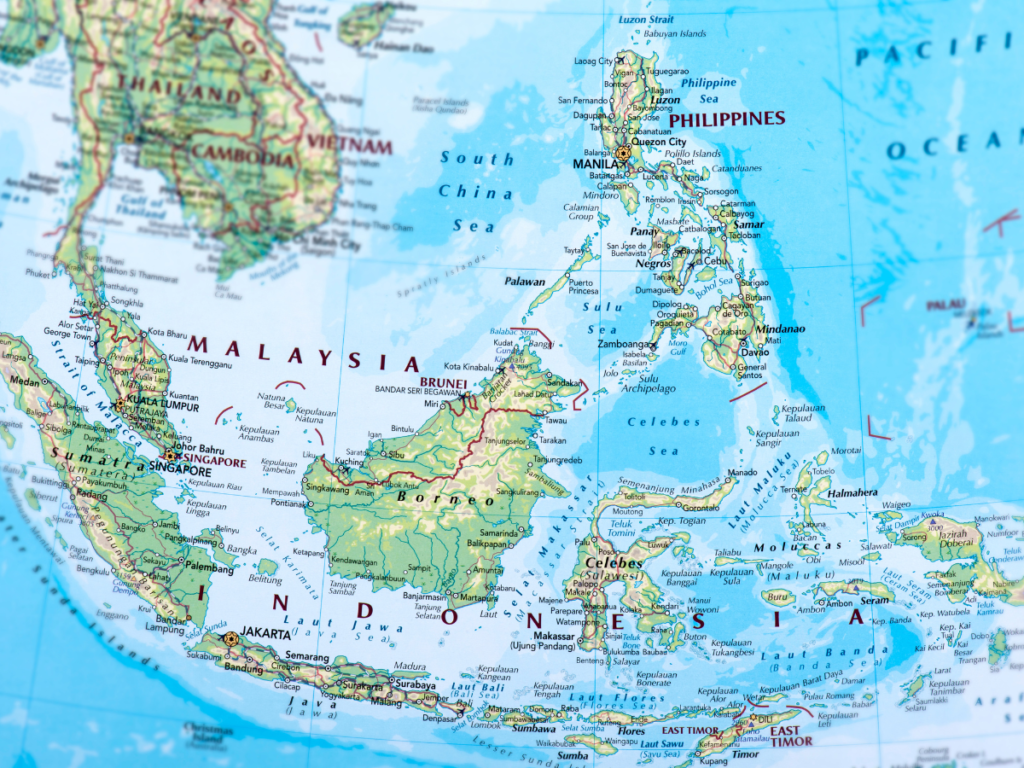Report by Funding Societies shows 70% of SMEs rely on personal savings, family, and 23% on traditional banks in Southeast Asia.
According to a recent report released by In Southeast Asia, the region’s largest unified SME digital finance platform, about 70% of SMEs (small and medium enterprises) in Southeast Asia got their start with seed money raised from their personal savings and from financial support from family and friends, especially in Indonesia, Malaysia, and Singapore.
In Southeast Asia, 23% of SMEs received funding from traditional banks, with the remaining 7% relying on alternative sources including fintech businesses. Malaysian SMEs had the least amount of access to alternative lenders (3%), and traditional banks (17%), for funding. On the other hand, people in Vietnam (25%) had the best access to alternative lenders.
977 SMEs in Indonesia, Malaysia, Singapore, Thailand, and Vietnam were polled by Funding Societies in order to have a deeper understanding of the mindsets of these companies. According to their results, Southeast Asia’s economy is beginning to recover from the damage done by the pandemic.
In contrast to other regions of the world, the region seems less affected by the current macroeconomic headwinds. These elements have prompted traditional and online financial institutions to develop creative solutions for SMEs. Still, more options haven’t always translated into easier access to financing.
The purpose of the SME Digital Finance and Payments Behaviours: Southeast Asia Report 2023 was to examine the attitudes and difficulties that SMEs encounter as well as the ways in which digital financing and payments might be used to take advantage of opportunities for growth and efficiency.

Which major patterns did SMEs in Southeast Asia exhibit?
For SMEs, bank transfers continue to be the most common mode of payment, with 88% of payments made to suppliers and 90% of payments received from clients made via this channel.
In spite of this, a lot of SMEs in the area still value cash. Actually, 51% of Indonesian respondents admitted they pay suppliers and get paid by consumers in cash, whilst 63% of Malaysian respondents said they still get paid by customers in cash.
There were few exceptions in Singapore and Vietnam, where card payments are more prevalent (51% and 49%, respectively), despite the fact that business term loans were indicated by respondents as the most used items overall (49%).
When asked what role these products played in a SME’s financial situation, respondents said that business terms loans played the largest role (41%) followed by contributions from Indonesia and Malaysia (66%) and Malaysia (63%) respectively. In the meantime, 33% of Singaporean SMEs preferred to use credit cards for payments.
The majority of SMEs questioned expressed greater worry about payables, especially their ability to pay suppliers. The main payable concerns, according to over one-third of the respondents, are getting financing (loans and credit cards) and making payments (to vendors or suppliers who do not offer flexible payment options).
According to respondents, everyday operations (32%) and inventory and supplies (32%), accounted for the majority of their expenses throughout the region.
A major element in SMEs’ decision to transfer brands, particularly in Singapore, is low interest rates. According to Funding Societies, 62% of SMEs in the region are likely to switch brands because they are not happy with the service provided, with Indonesia and Singapore having the highest likelihood of doing so.











